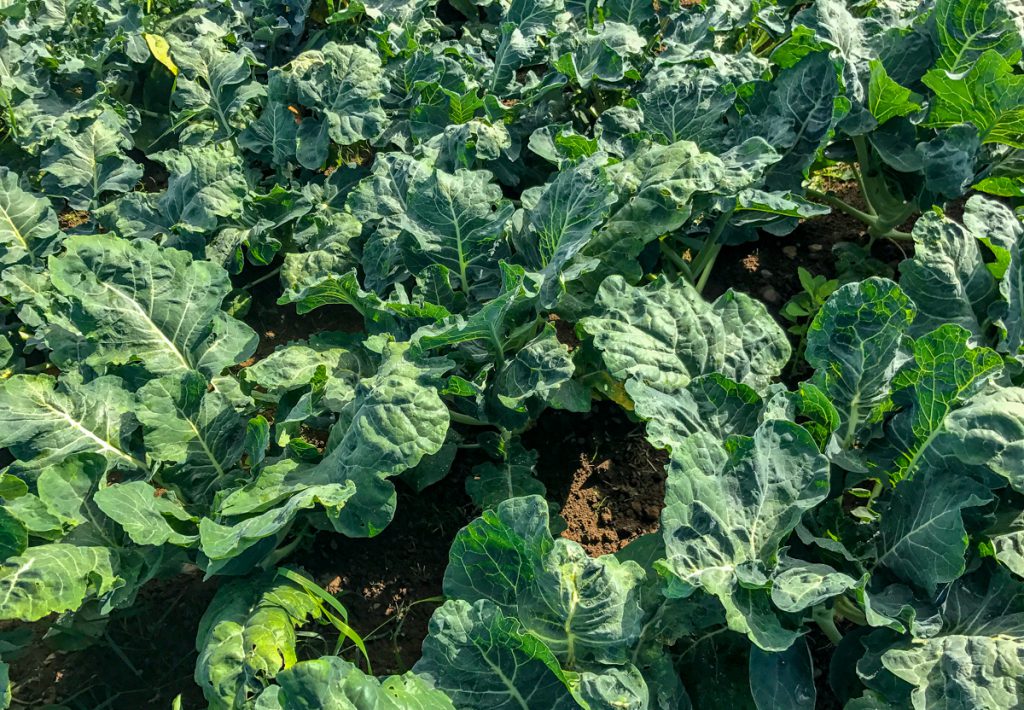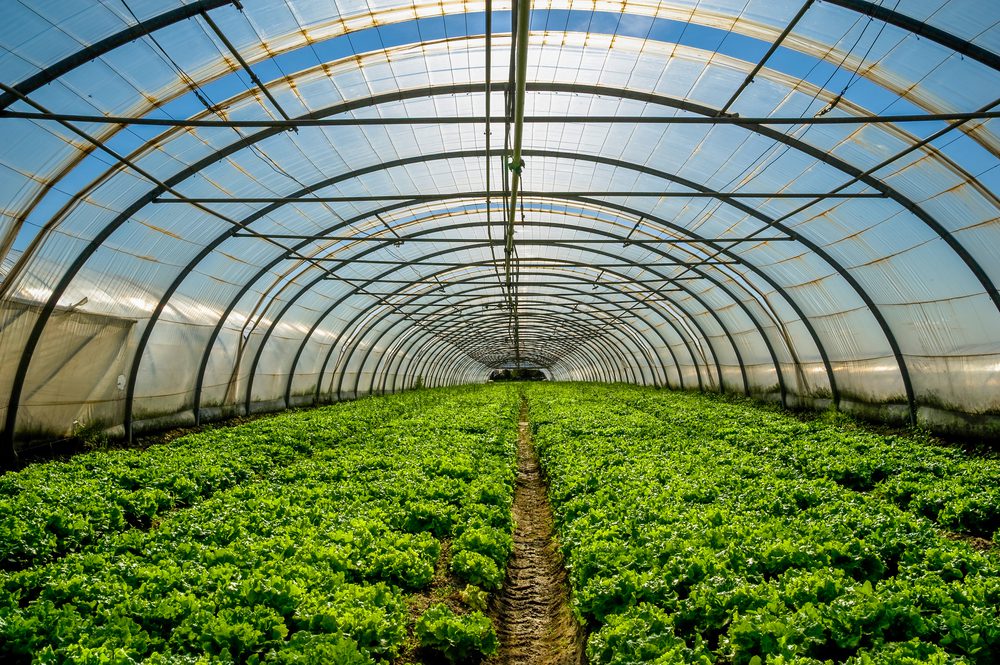A report published by Teagasc has confirmed that combined input costs have risen by 40% across Ireland’s horticultural sectors since 2021.
According to the report, Ireland’s mushroom sector is labour intensive, although significant research and development (R&D) is ongoing here and abroad to evolve production systems and automate more of the picking process.
It is believed that this process will take more development time before technology-based solutions are investment-ready.
Significantly, the report points to the need for the industry to remain viable.
Mushroom production costs
Teagasc is confirming that labour currently accounts for 46.3% of costs of production on Irish mushroom farms, and has increased by 24.3% over the past three years.
The mushroom sector is dependent on employees under the General Employment Permit (GEP) scheme.
Since 2024, GEP pay rates have accelerated over and above the national minimum wage increases, this has led to very significant labour unit cost inflation compared to 2023.
While the GEP 2024 rate is 31% ahead of the national minimum wage in 2023, the mushroom sector does not rely exclusively on the scheme.
As a consequence, inflation is estimated to be 24%. This increase eclipses any of the reductions noted in energy, and is the key driver of the overall input price inflation for the sector.
Meanwhile, mushroom substrate prices have increased by 3.2% since 2021. These represent 35.2% of total input costs, of which mushroom compost represents 31% and mushroom casing represents 4.2%.

According to Teagasc, this increase is due mainly to an increase in straw price, on the back of reduced straw volumes.
A reduction of 6.4% in the cereal area grown, a lower area of winter cereals, lodging and difficult weather to save straw constitute the main reasons for the lower volume availability in 2023.
Mushroom packaging represents 7.7% of all sectoral input costs. It has increased by an average of 24% since March 2023.
This increase is driven by an increase in use of cardboard packaging, as some of the UK retailers are moving towards more sustainable packaging options.
Energy is a significant cost for mushroom growers, as crops are grown indoors year-round with heating and cooling systems utilised.
While a large number of producers have invested in renewable technologies such as solar PV and biomass boilers, biomass wood pellets and woodchip remain the primary fuel source used for heating Irish mushroom farms.
The Teagasc report confirms that pellet prices stabilised in 2023, with only slight increases in wood chip.
Significantly, electricity costs have decreased since 2021. As a consequence, overall energy prices have reduced by 5% within the mushroom industry over the past three years.
At the present time, energy accounts for 5.9% of the overall cost of production for mushroom producers.
Soft fruit
The largest of the soft fruit crops grown in Ireland is strawberries, with counties Wexford, Meath and Dublin home to the most significant production operations.
Teagasc estimates that input price inflation for this sector currently stands at 4.3%.
Labour is the biggest production cost, accounting for 43% of the total inputs.
Harvesting is a key contributor in this regard. However, the figure also includes labour for plant management, lifting modules and pack house.
According to the Teagasc report, estimated labour costs within the soft fruit sector have increased by 12.4% since 2021.

The soft fruit sector does not use many general employment permits due to the seasonal nature of labour requirement; a seasonal workers’ scheme would be preferential.
Plant material and growing media represent a significant cost for soft fruit production.
Strawberry tray plants are imported primarily from the Netherlands and prices have increased by another 10% over the past three years.
Energy in the form of heat, provided by gas predominantly, is used in modern glasshouse production of strawberries.
This is to extend the growing and harvesting periods at the shoulders of the production season, which now runs from February to December.
The Teagasc report confirms that most soft fruit growers run pack house and distribution operations.
Other important costs incurred within the soft fruit sector include those associated with transport and cold storage. These have increased last year by an estimated 15%.
Protected crops
Ireland’s protected vegetable sector includes a range of edible crops grown in greenhouse structures where controlled environments are required for production purposes.
According to the Teagasc report, input costs vary significantly between crops, e.g., tomatoes, cucumbers and peppers, are grown on a high wire system, in a heated and air-conditioned environment and in soil-less growing media.
Lettuce and herbs are frequently grown in the soil under glass in an ambient temperature.
Where crops grown on wiring systems are concerned, the Teagasc report confirms that price inflation associated with input costs, has risen by 0.3% over the last 12 months.
However, for protected salad crops the comparable figure is 4.5%.

Similarly to other horticultural sectors, the protected vegetable industry is highly labour intensive.
The Teagasc report estimates that the cost of labour has increased by 12.8% since March 2023, now making up on average 40% of the cost of production across the industry.
In addition, the cost of seed in the protected vegetable sector has increased by an average of 12%.
The development of new varieties with tolerance or resistance to various pest and disease issues is an important part of integrated pest management (IPM) in protected vegetables.
These varieties can enable growers to produce more sustainable crops, helping to significantly reduce or eliminate the need to use crop protection products, while also retaining the required yield and market qualities in the produce.
The development of these new varieties and production of seed for these specialised crops has become more expensive in recent years.
Field vegetable sector
Input price inflation in the field vegetable sector is continuing at an annual rate of 5.1%, totalling over 43% inflation since the first report of March 2021.
Following favourable growing seasons in 2021 and 2022, extreme weather during key periods of the season in 2023 resulted in reduced yield, quality and complete crop loss in certain cases.
As a result, last year’s marketable yields were reduced by an estimated 10-15% on 2021/2022. This far outweighs input inflation in terms of overall business impact.

The Teagasc report highlights the impact of this risk and the costs associated with natural capital maintenance, like soil health.
Industry commentators agree that these challenges must be factored into the price of field vegetables in the future for producers to remain economically and environmentally sustainable.
